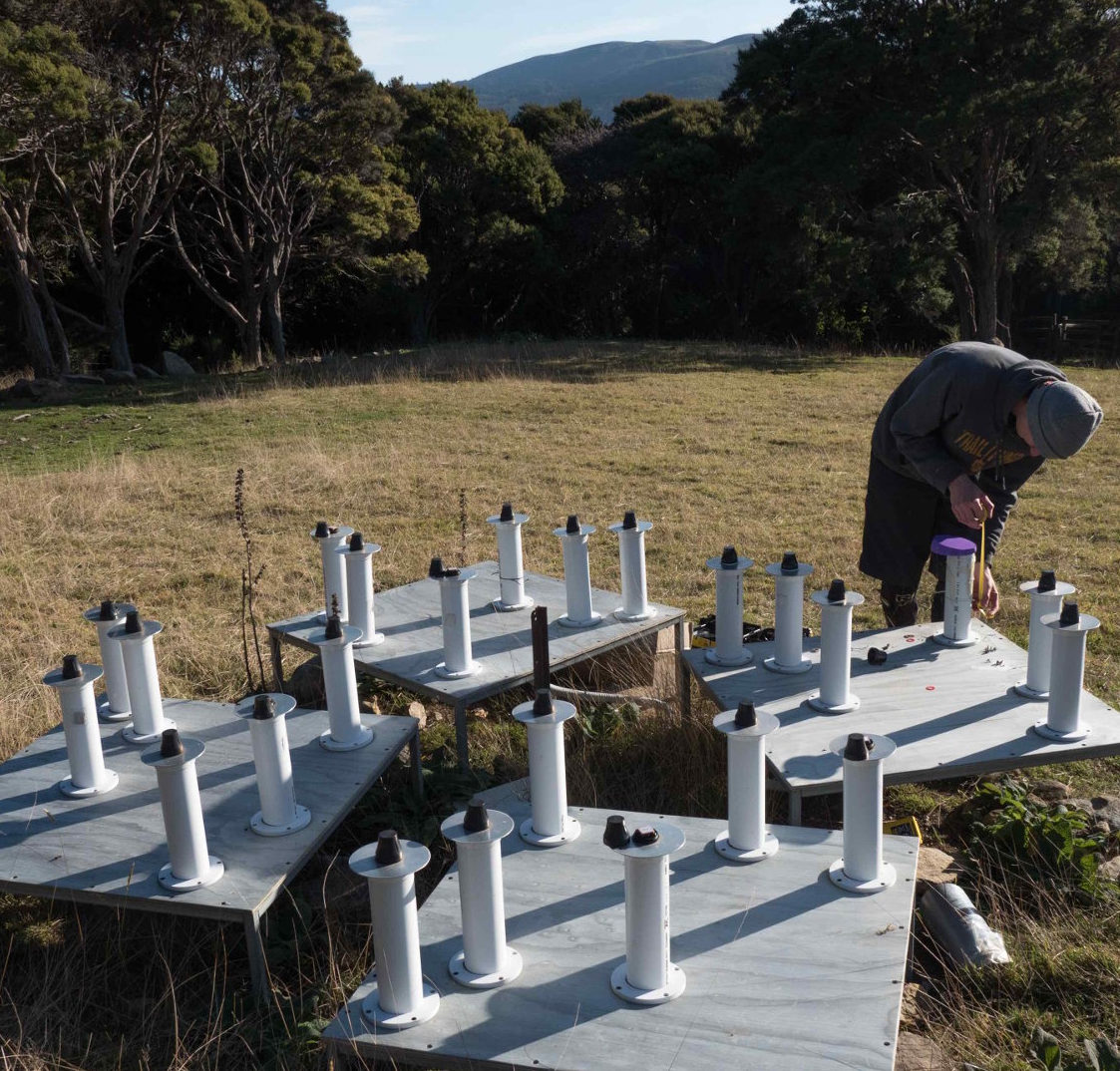TART Introduction
Let's discover TART in less than 5 minutes
The Transient Array Radio Telescope (TART) is an aperture synthesis radio telescope, it uses 24 or 32 radio receivers to create images of the radio sky at 1.575 GHz. The antennas look at the whole sky at once. Data from these receivers are correlated by the TART basestation, and visibilities are generated in real time. The TART operates in exactly the same way that large radio telescopes like the MeerKAT, VLA work, and provides an excellent platform for understanding, and develop new algorithms for radio astronomy.
 |  |
The telescope web interface
Each TART telescope has a web interface. These are web applications that get data from the TART web API and create images and allow you to control the telescope. Here is a Map of all TARTS. Click on any of these to see the live view.
The components of a TART telescope
A TART consists of 24 radio receivers (mounted on radio modules), each with an antenna arranged in an array. These radio hubs are connected to the baststation. Further information on the TART hardware page.
All of the data from the telescope is processed on the basestation and made available via the TART web API.
Using the tart tools
There are some command line tools available as part of the tart_tools python package. These command line tools let you do things like downloading data, creating images e.t.c.
Creating Images
You can use command-line tools and more to create images from the TART telescope. These are described Making Images.
Contacting the TART team
The TART is a project run by the Electronics Research Foundation in New Zealand. The primary contact for the TART team is Tim Molteno. His email is tim_at_elec_dot_ac_dot_nz.